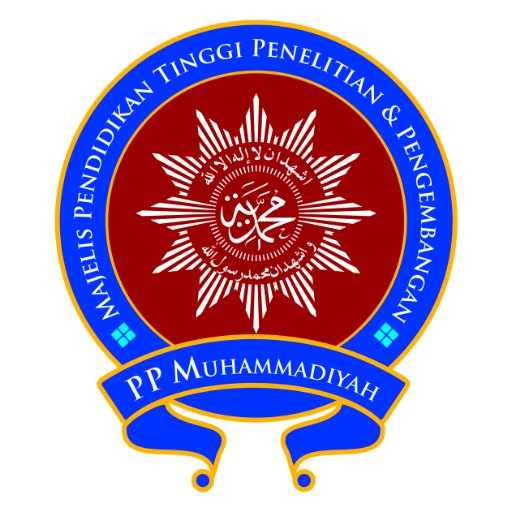Multiple Intelligence Research as An Alternative of Learning Design
DOI:
https://doi.org/10.53017/ujet.62Keywords:
Intelligence, Multiple intelligences, Multiple intelligences researchAbstract
The purpose of this study was to determine the type of intelligence of PGSD students at the University of Muhammadiyah Magelang through the application of Multiple Intelligences Research (MIR), as well as to develop a Multiple Intelligences-based lecture design based on the results of Multiple Intelligences Research (MIR). This research design uses a qualitative approach with a descriptive type. The research method used is a questionnaire and interviews. The research questionnaire is in the form of a Multiple Intelligences Research (MIR) test in which each question item is based on the classification of the theory of Multiple Intelligences. The classification is in the form of 8 theories of intelligence from Howard Gardner, namely, naturalist, interpersonal, intrapersonal, musical, visual, mathematical, linguistic, and kinesthetic. The interview method is used to confirm the results of the Multiple Intelligences Research (MIR) generated from the instruments used. The subject of the research was conducted on PGSD students at the University of Muhammadiyah Magelang. The results of this study, based on the Multiple Intelligences Research (MIR) questionnaire on the subject of PGSD students, showed that there were 3 dominant intelligence tendencies, namely, logical 16%, interpersonal 29%, and naturalist 20%. Lecture design is based on the Multiple Intelligences learning strategy, referring to logical, interpersonal, and naturalist characteristics. Logic refers to the ability to count, measure propositions and hypotheses, as well as number operations. Interpersonal refers to the ability to understand and interact with others effectively. And naturalists, related to the environment and natural sustainability. Through this study, it was concluded that, by designing a lecture based on the type of student intelligence, it could increase the effectiveness and enthusiasm of students in carrying out lectures.
Downloads
Downloads
Published
How to Cite
Issue
Section
License
Copyright (c) 2021 Tria Mardiana, Septiyati Purwandari, Arif Wiyat Purnanto, Agrissto Bintang Aji Pradana

This work is licensed under a Creative Commons Attribution-NonCommercial 4.0 International License.









